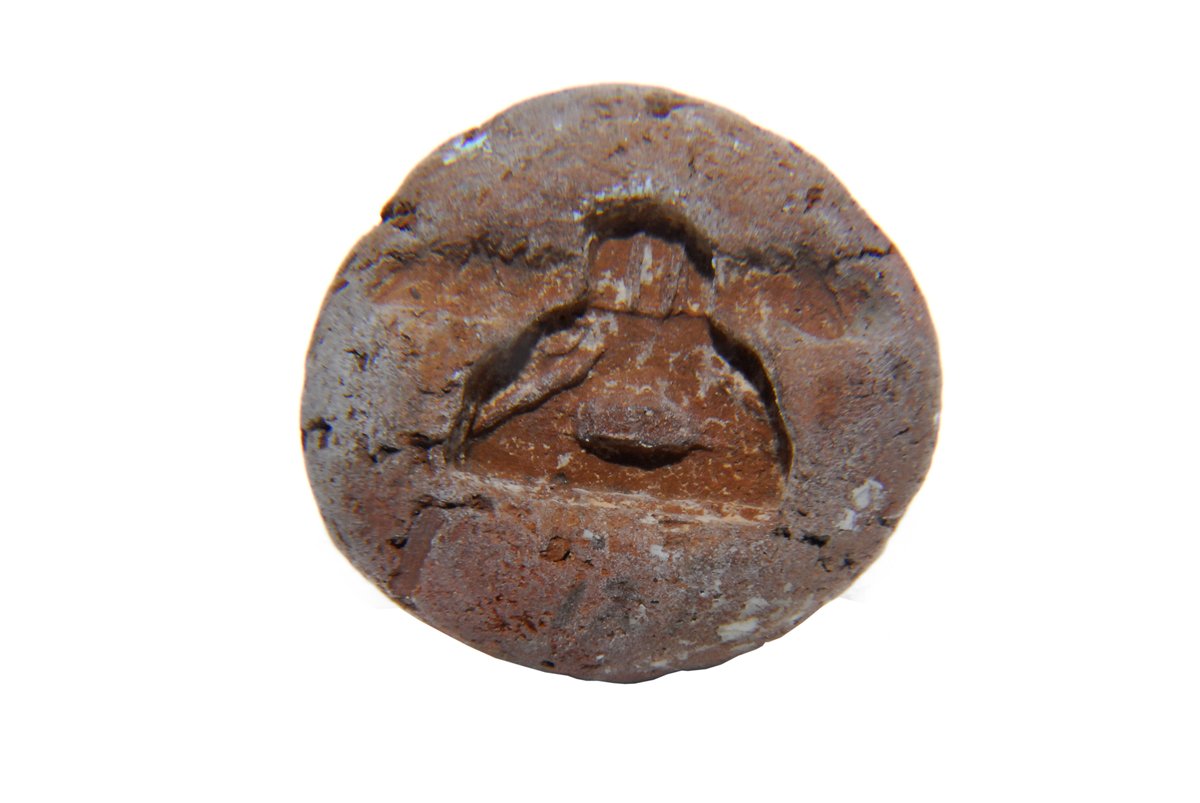
Amulet Mould
Egyptian Art
| Place of production | Egypt |
|---|---|
| Date | first part of the 14th century B.C. |
| Object type | intaglio and similar objects, scarab, scaraboid, seal |
| Medium, technique | Sericite schist |
| Dimensions | 7.5 x 4.7 cm |
| Inventory number | 65.3-E |
| Collection | Egyptian Art |
| On view | Museum of Fine Arts, Basement Floor, Ancient Egypt, Temples and gods |
During the reign of Amenhotep III, in addition to scarab types of a traditional size, a medium-sized, inscribed and decorated type began to be used, as well as large, commemorative scarabs without depictions, containing only longer texts. More than three hundred of Amenhotep III’s large commemorative scarabs are known today, and five varieties can be distinguished based on the text written on their underbase. The lion-hunt is the shortest and, at the same time, the most commonly found theme. It is not dated but specifies a period: the total number (102, and sometimes 110) of lions killed by the pharaoh during the first ten years of his rule. At the bottom of the scarab preserved in the Budapest Museum of Fine Arts, the usual eight-line text mentions the name of Amenhotep III as well as that of his wife, Tiye; the cartouches are followed by the commonly used number (102) of the quarry of lions. Provenanced commemorative scarabs were discovered in Egypt but also in territories controlled by Egypt. Most of them probably formed part of grave goods but two of them can clearly be linked to temples. Members of the elite might have been awarded these scarabs as royal gifts in reward ceremonies. The scarabs manifest a theological message expressing how successfully the sacred ruler fulfilled his religious duties.
This record is subject to revision due to ongoing research.